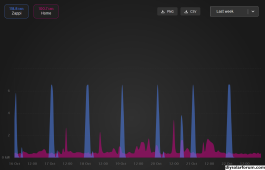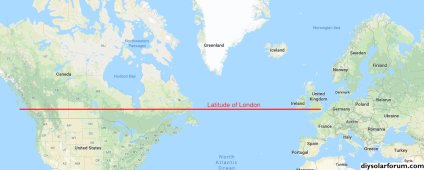Hi all,
I just joined up on the forum after many months, maybe years, or watching @Will Prowse on YouTube. I have a long history/interest in electronics and engineering, so it's probably about time I modernised the energy supply & storage in our 2019-built house. I'm in the UK, which feels a bit limiting when it comes to sourcing things like batteries, but I have just come across the merchant Fogstar (@Ben@Fogstar) which may be my answer of bridging the gap, so to say.
Brain dump:
Facts
I haven't done any real calculations yet, but budget would allow for three of the Fogstar 15.5 kWh kits, which I am hoping would enable me to get a decent ROI based on Octopus Fluxm, supported by additional earnings from PV generation in the warmer months. These kit batteries seem to be a _considerably_ cheaper option than any of the 'big brand' batteries installed by all the opportunistic cowboys, and a long way from something like a Tesla powerwall. However, I am conscious of my point above about not burning down my house.
I welcome any opinions or experience relative to what i'm trying to achieve above. Appreciate it's mostly a brain dump, but hopefully some of you will be on a similar wavelength.
Thank you
Roof Layout

Energy Usage Split

I just joined up on the forum after many months, maybe years, or watching @Will Prowse on YouTube. I have a long history/interest in electronics and engineering, so it's probably about time I modernised the energy supply & storage in our 2019-built house. I'm in the UK, which feels a bit limiting when it comes to sourcing things like batteries, but I have just come across the merchant Fogstar (@Ben@Fogstar) which may be my answer of bridging the gap, so to say.
Brain dump:
- Want solar
- Want batteries
- Want to get AC installed, possibly heating too (split inverters)
- May be getting an air source heat pump (possibly the new Octopus Cosy 6 (or bigger when released)) which will consume more power over the winter when solar generation is low (estimated 10% generation compared to peak summer - tbc!)
- Want to charge the car overnight from low cost energy or batteries (typically 16-18kwh per night (mostly Mon-Fri), charging between 00:30-04:30 on Octopus Go)
- Would like to earn some money back using Octopus Flux in the future
- Don't want to burn my house down, or my neighbours
- Solar panels to be mounted on faces A and B on the diagram (possibly C but evening sun/limited generation)
I think I can fit around 5 kW of solar panels - Don't mind building DIY, but don't want to be changing anything out in 1, 2, 5 maybe even 10 years (otherwise the ROI will drop significantly)
- Concerns about feasibility of doing any of this, in this way, when MCS certification is required to tie into grid (yes I know Octopus apparently have a way round this, but my sparky doesn't think so, and is familiar with the policy - he's not MCS though)
Facts
- Have a single 100A 240v mains input from DNO
- Have a Myenergi Zappi v2 for charging our Nissan Leaf (30 kWh battery)
- Currently using Octopus Go (as above)
- May be upgrading EV or getting a second EV seriously ramping up evening usage
- Last month used 813 kWh of electricity, 398 kWh of which was EV charging, so roughly 50% of total consumption.. so an average of 13-14 kWh per day, each for house and EV
I haven't done any real calculations yet, but budget would allow for three of the Fogstar 15.5 kWh kits, which I am hoping would enable me to get a decent ROI based on Octopus Fluxm, supported by additional earnings from PV generation in the warmer months. These kit batteries seem to be a _considerably_ cheaper option than any of the 'big brand' batteries installed by all the opportunistic cowboys, and a long way from something like a Tesla powerwall. However, I am conscious of my point above about not burning down my house.
I welcome any opinions or experience relative to what i'm trying to achieve above. Appreciate it's mostly a brain dump, but hopefully some of you will be on a similar wavelength.
Thank you
Roof Layout

Energy Usage Split






